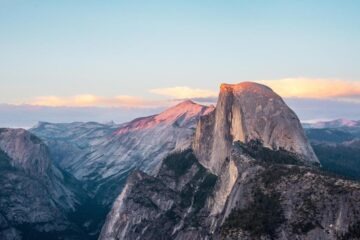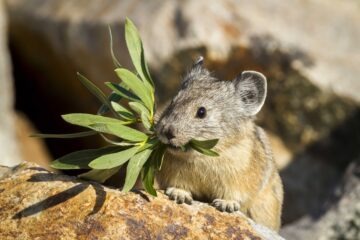When we think of winter in Yosemite, we are transported to frozen lakes and snowy waterfalls, to skiing the sequoia groves and watching ice-capped sunsets. When we think of winter in Yosemite, we think of snow. But, winter weather brings us more than just a host of iconic sights and unforgettable adventures, something else entirely … snowpack in Yosemite!
What is snowpack?
Snow transforms landscapes and shifts ecosystems; it leads some species underground while others revel in the cold. And as the dynamic Yosemite winter storms roll through, snow accumulates and forms an extremely important ecological and economic build-up of snow: snowpack.
Yosemite’s snowpack is often made up of many layers of snow, each from a different snowfall. The layers are compacted as the season continues, until warmer temperatures come around. Then, as the snow gradually melts, local rivers and waterfalls are transformed into roaring displays.
Subsequently, meadows and wetlands in Yosemite (and beyond!) are flooded, and in turn filled to the brim with fresh nutrients. In fact, the aptly named “spring pulse” of snowmelt from the Sierra Nevada snowpack provides around 60% of California’s fresh water.
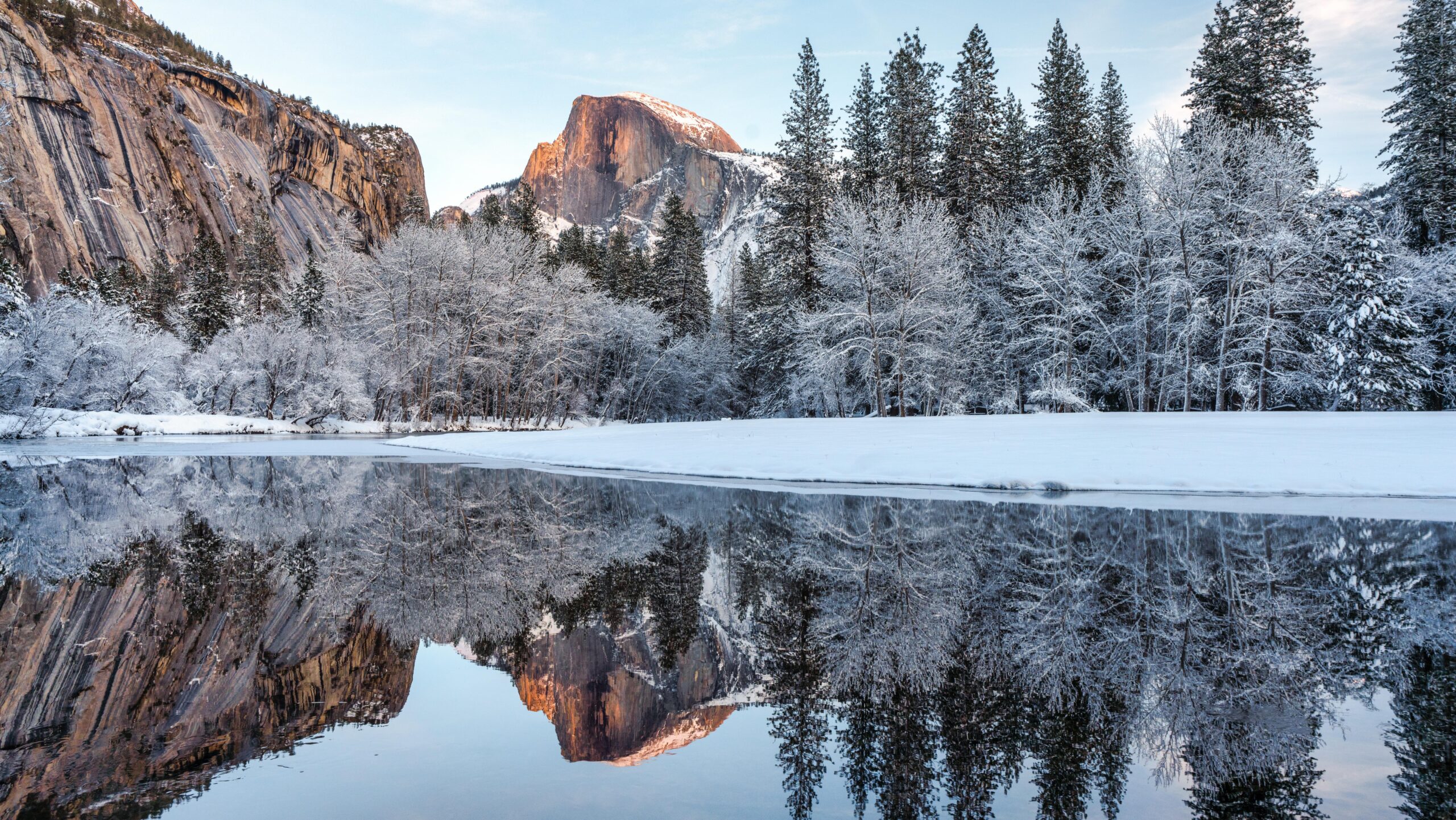
Yosemite Valley blanketed in a layer of snow. Photo by Neeta Dembla.
Zoomed in on Snowpack in Yosemite
As grand and powerful as snowpack in Yosemite can be, it is essential to even the smallest winter wildlife.
The alpine chipmunk, weighing barely two ounces, hibernates under snowpacks from October to June, this being their only shelter from harsh temperatures. American Pikas, though they don’t hibernate, depend on sufficient snow for protection, as a lower snowpack can mean fewer obstacles for carnivores. Yellow-bellied marmots and white-tailed jackrabbits also rely on a deep snowpack for protection from predators, and to boost their burrows with insulation.
Snowpack in Yosemite is vital in its frozen form AND also as it melts! In addition to providing water to far-off cities like San Francisco, melted snowpack plays a crucial role in wetland ecosystems. By flooding Yosemite’s meadows, the meltwater creates rich shallow aquatic habitat. Amphibians such as Yosemite toads and Mount Lyell salamanders lay eggs, and waterfowl rest, breed, and feed in these lush landscapes. These species are a mere few of the multitudes of wildlife that survive and thrive from the impact of a heavy snowpack.
If you want to learn more about Yosemite’s meadows and their hydrology, check out this video from the Yosemite Nature Notes series.
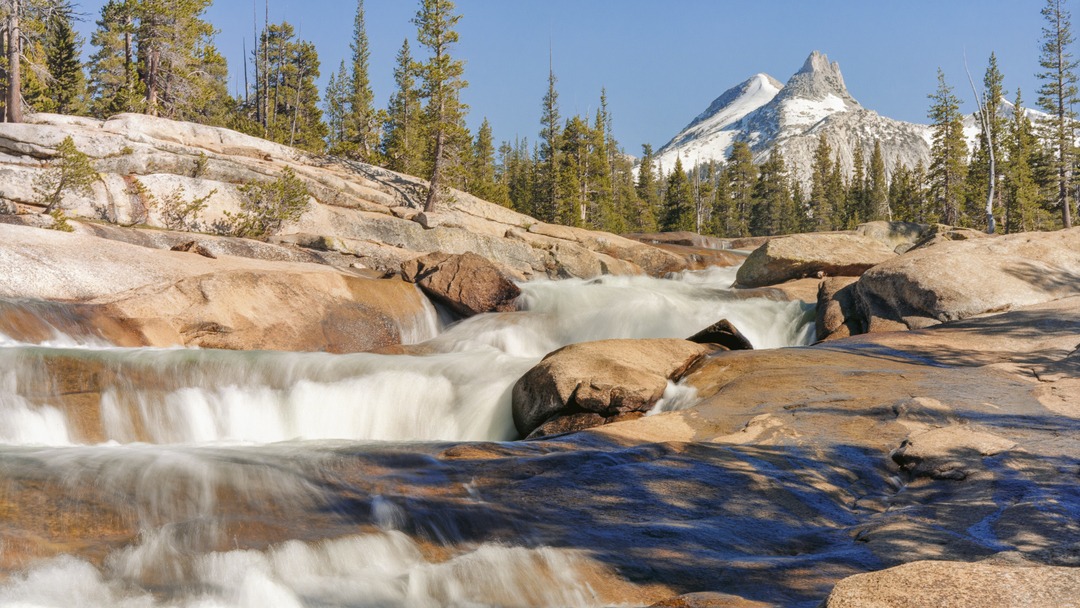
Spring runoff in Yosemite’s high country. Photo by Blake Johnston.
Yosemite Snowpack & Climate Change
Unfortunately, due to a changing climate, the Yosemite’s snowpack is in danger.
Usually, because snow has such a bright white surface, it reflects light and heat, remaining cold and intact through winter. In recent years, however, rapidly warming temperatures are causing snow to melt throughout the winter season, which exposes the darker-colored ground and in turn, absorbs more heat.
Annual snowpack trends are monitored closely by scientists in Yosemite and throughout the Sierra Nevada, who implement snow surveys to assess the depth and water content of the snowpack.
Equipped with long tubes to make depth measurements, skiers document at remote locations, then report back to the California Department of Water Resources. These snow surveys occur four to five times per year — usually once per month from February to June — and some sites have records dating back to the 1930s! Watch Yosemite rangers conduct a snow survey in the “Snow” episode of Yosemite Nature Notes.
From the data collected on snowpack in Yosemite over the past 70 years, researchers have found that spring snowpack levels are decreasing at lower elevations in the Sierra Nevada. This is caused in part by a rising snowline — the elevation where the rain turns to snow in the mountains. A rising snowline means that less precipitation is falling as snow, and more as rain, at elevations below 8,500 feet. With 466 square miles of Yosemite sitting at 5,000 to 8,000 feet, this decline poses a great risk to wildfire prevention and habitat health.
Additionally, the smaller snowpack is melting before typical peak season, dropping the flow of the Merced River in the early spring and summer months and endangering the balance of riparian habitats. Find more snowpack data here from the California Data Exchange Center.
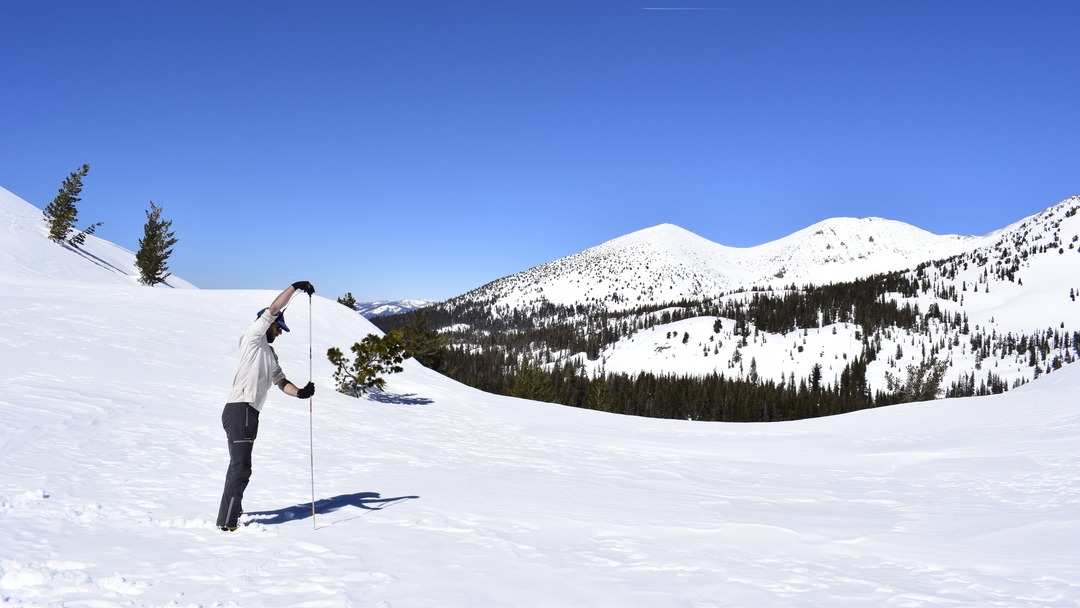
Ski survey in the Clark Range of Yosemite National Park. Photo by Yosemite Conservancy/Ryan Kelly.
The Wild Years of Snowpack in Yosemite
While California’s annual snowpack steadily declines, the state still experiences abundant and plentiful snow years.
In 1969, the spring snow survey in Yosemite measured a snow depth of 232.9 inches, the largest in recent history! And in 1983, the snowpack in Yosemite contained 66.9 inches of water, the highest ever recorded at that point in time.
Staggering numbers have rolled in as recently as 2023, when surveyors in Tuolumne Meadows recorded an average snow depth of 177.3 inches and 79.7 inches of water — placing 2023 as an above average year.
Yosemite’s ecosystems welcome the abundance of precipitation in wild years, but the impact of the lesser snowpack years overpowers the better years and is sharply felt by wildlife and humans alike.
With effects that reach far beyond the bustling burrows of pikas in the high country, the snowpack in Yosemite provides the environment with more than merely stunning full lakes and flowing falls. It is an undeniably necessary force in the Sierra Nevada ecosystem and will be a key player in Yosemite’s future.
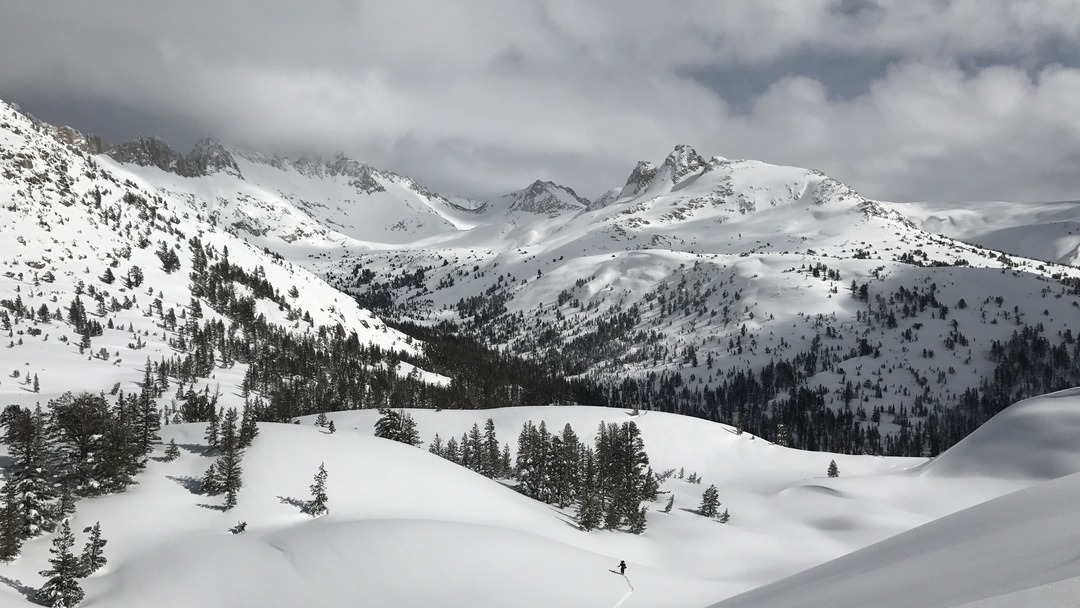
Yosemite’s remote northern wilderness covered in snow. Photo by Ryan Kelly.

